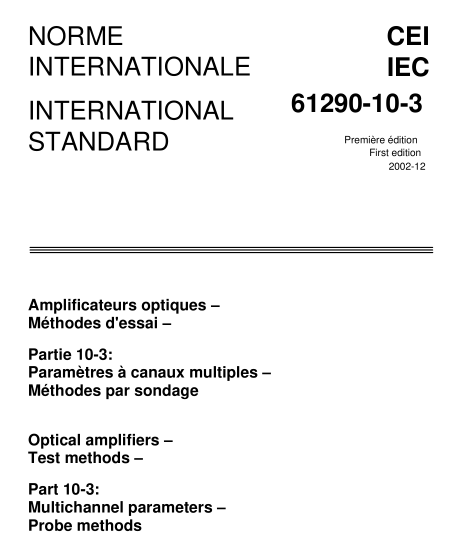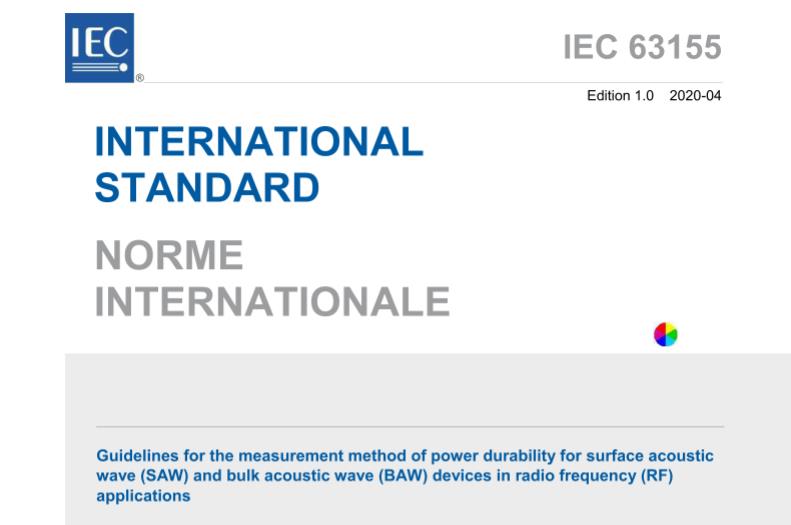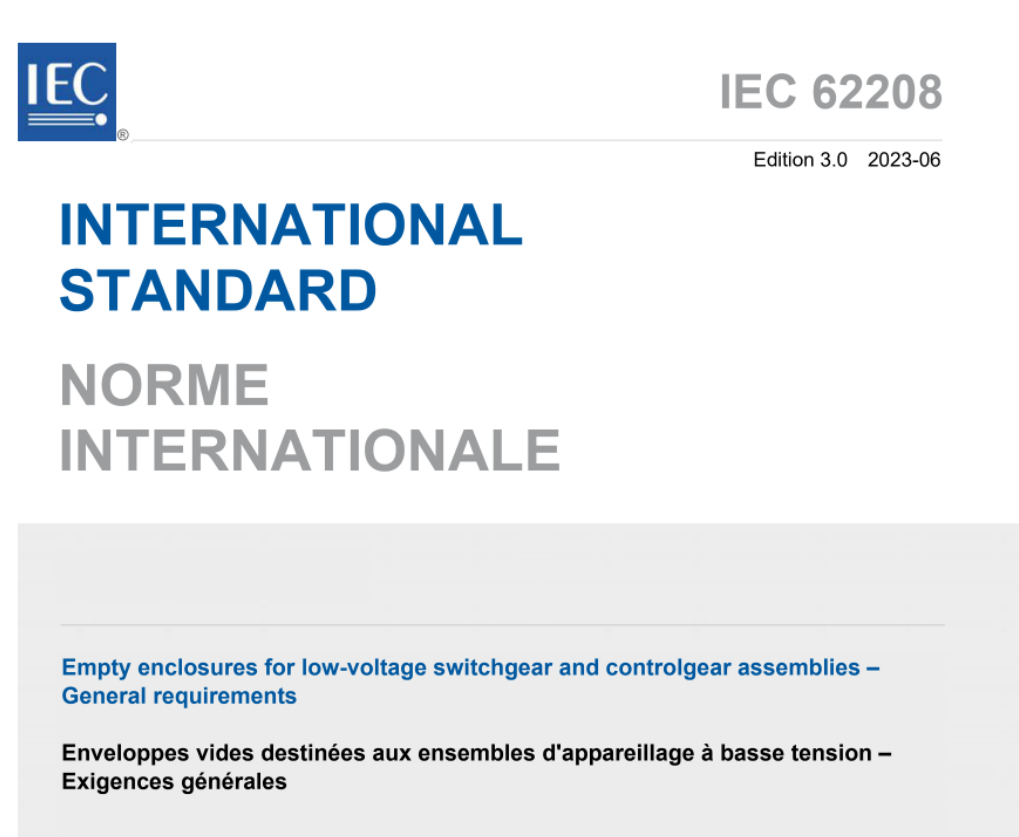This section of IEC 61 290 pertains to commercially available optical fiber amplifiers (OFAs) that utilize active fibers with rare-earth dopants, as outlined below. The aim of this international standard is to establish consistent requirements for accurate and reliable measurements of multichannel gain and noise parameters, as defined in IEC 61 291-4.
The testing methods described in this standard employ small-signal probes to measure the multichannel gain and noise parameters while one or more lasers create the saturation conditions for the OFA. These methods are classified as indirect since there is no laser source at each wavelength within the multichannel setup. Instead, multichannel parameters are derived from the data obtained by the probes. IEC 61 290-10-1 and IEC 61 290-10-2 outline test methods for measuring noise parameters using pulse techniques, which are direct methods that require a laser for each wavelength at which multichannel parameters are to be assessed.
Probe techniques offer significant advantages for measuring multichannel gain characteristics, as a simple source configuration can yield parameters across a broad range of multichannel plans. A small-signal laser or a broadband noise source can act as the probe signal, while single or multiple lasers establish the saturation conditions for the OFA. Optionally, pulse modulation of the saturating sources may be employed to measure amplified spontaneous emission (ASE) at or near the wavelengths of the saturating lasers, minimizing the impact of source spontaneous emission. If pulse modulation is not utilized, the spontaneous emission from the source must be measured, and its effects removed from the final results. In cases where the multichannel source exhibits high spontaneous emission or operates at high total input power, the method of subtracting source noise can introduce significant uncertainty.
The probe techniques mentioned here are indirect, as laser sources are not necessary for each channel frequency. Measurement errors can arise from inhomogeneous effects that depend on the device under test (DUT), with spectral hole burning being a primary source of this error (see [1], [2], and [4]). The effectiveness of pulse modulation for the saturating signals and the choice of modulation rate depend on the characteristics of the optical fiber amplifier, particularly its time response. These methods may not be suitable for amplifiers equipped with automatic level control (ALC) or automatic gain control (AGC) circuits, nor for praseodymium-doped OFAs, which have gain relaxation times significantly shorter than those of erbium-doped designs. For erbium-doped fiber amplifiers (EDFAs), inaccuracies due to modulation are generally minor. For further discussion on inaccuracies resulting from pulse repetition rates, refer to IEC 61 290-10-2.


